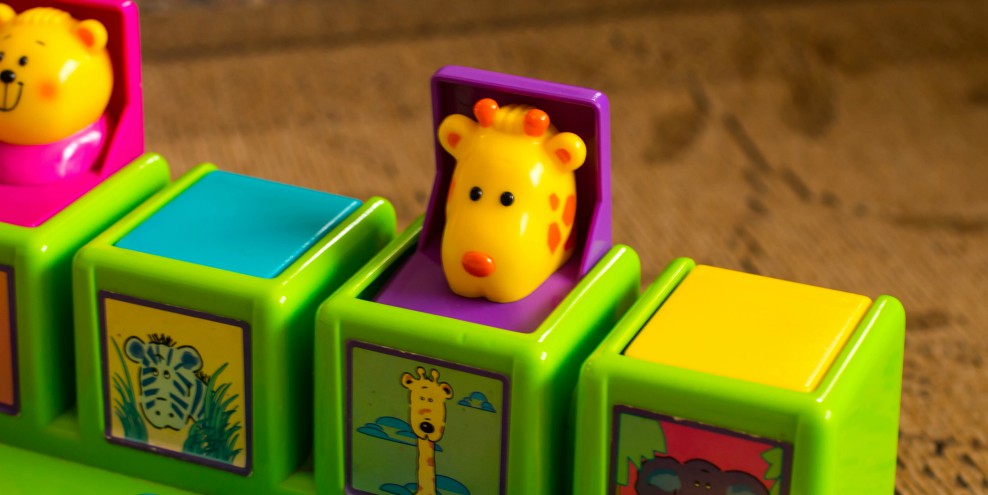Child development KSS 3
Last reviewed: 6 June 2023
This page sets out the knowledge and skills listed under KSS 3 (child development) in the Department for Education’s post-qualifying standard: knowledge and skills statement for child and family practitioners (KSS). Against this, we have mapped Community Care Inform guides, research, learning tools and other resources to help social workers meet KSS 2 as part of learning and development during the ASYE, and other career and continuing professional development. The links to the resources are in blue; click to follow them to the page you’re interested in.
What does the statement say? |
Resources to help you |
|---|---|
| A child and family social worker should be able to:
• Observe and talk to children in their environment (including at home, school, with friends and peers) to help understand their physical and emotional world. This includes the quality of child and parent/carer interaction and other key relationships. • Understand typical age-related physical, cognitive, social, emotional and behavioural development over time, accepting that development is different for each child due to health, environmental and genetic factors. • Establish the pattern of development for the child, promote optimal child development and be alert to signs that may indicate they are not meeting key developmental milestones, have been harmed or are at risk of harm. • Assess the influence of cultural and social factors on child development, the effect of different parenting styles, and of loss, change and uncertainty in the development of resilience. • Explore whether behavioural and emotional development may also be a result of communication difficulties, ill health or disability – adjusting practice accordingly. • Seek further advice from relevant professionals to fully understand a child’s development and behaviour. |
Child development practice support tool shows typical development stages and processes from birth to 16 years. You can print off a summary of the key physical, communication, cognition and social, emotional and mental health stages for each age group.
Guides to the impact of neglect Attachment – understanding the theory and other resources in the attachment knowledge and practice hub help you understand how parents provide a ‘safe haven’, ‘secure base’ and ‘mentalize’ about their children and how this influences development. ADHD or trauma: working with the potential for misdiagnosis provides guidance on the social work role when working with children whose behaviour may either indicate maltreatment or a medical diagnosis. Cultural competence provides tips and models for working effectively in different cultural contexts and maximising sensitivity when working in diverse communities. See also:
The working with disabled children knowledge and practice hub helps practitioners keep in mind how practice should be adjusted if children are developing differently because of a disability. It includes:
|
Links to resource maps for other parts of the KSS:
- 1. Relationships and direct work
- 2. Communication
- 3. Child development
- 4. Adult mental & physical health, substance use, domestic abuse
- 5. Abuse and neglect of children
- 6. Child and family assessment
- 7. Analysis, decision-making, planning and review
- 8. The law and the family and youth justice systems
- 9. The role of supervision
- 10. Organisational context


